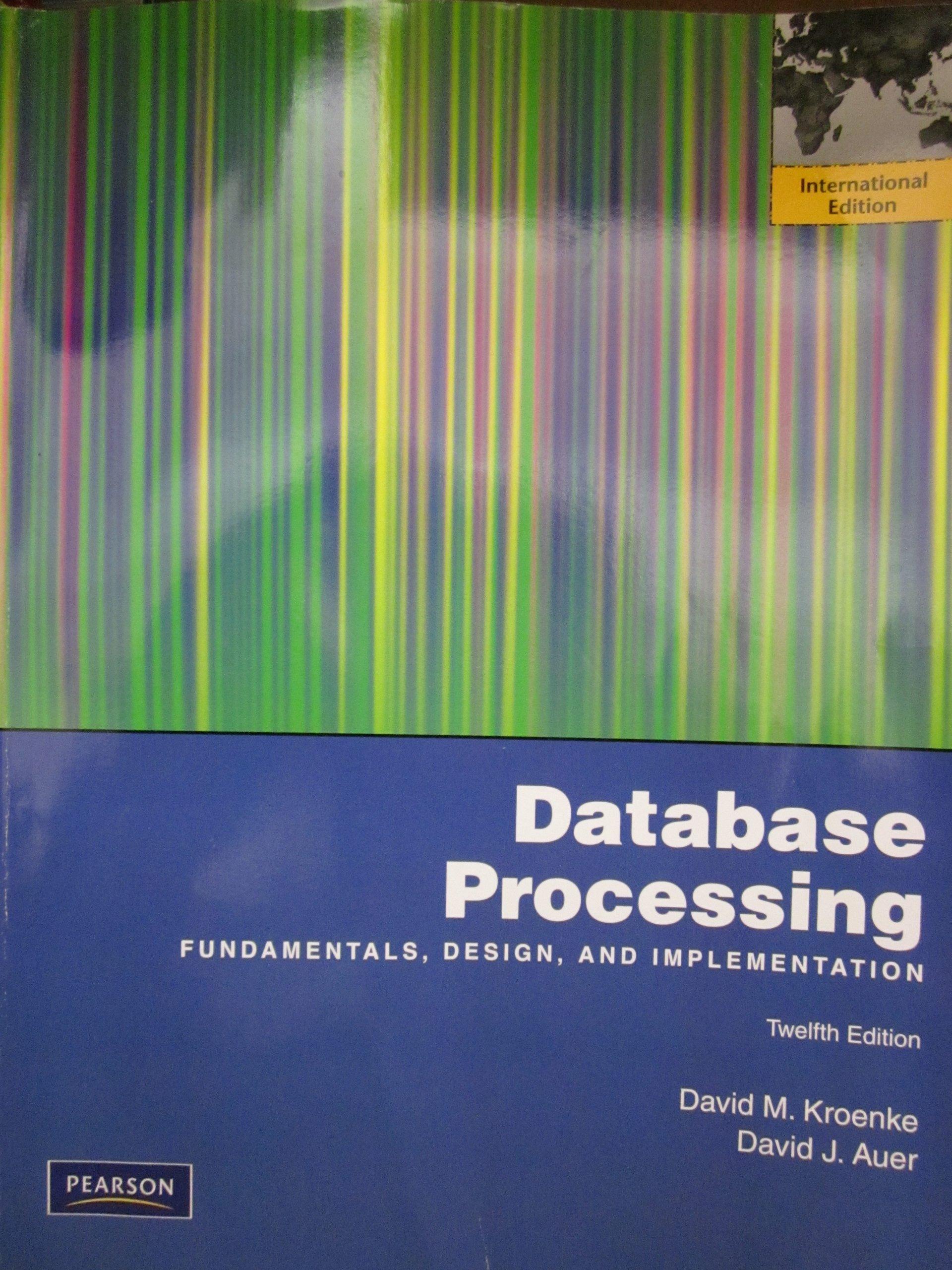
Consider the discrete-time Solow model: sf(k) (1- 5)kt ko given, with k Kt/(AtLt (1) Suppose that f(k) = k. Why is = 0.3 as realistic choice? Historically, = .075, n = .02, g-.02. In the last decade the average investment rate has been s- 0.2. Find the steady-state k* (2) Suppose that f(k) = kah where h = H/AL is the human capital from Mankiw, Romer, Weil. Why is --0.3 as realistic choice? Take -OH ,075, n-.02, g-.02 and sK-0.2 as before. Data suggests that the direct education spending in the US. is about 7% of GDP. So, 8H-007 (http:/ces.ed.gov/programs/coe/indicator.cmd.asp) Find steady state level of physical and human cap ital, k and h* (3) Calculate y (steady state level of output per effective unit of labor) for (1) and (2). Which one is larger? Why? (4) Suppose that we are initially in steady-state, i.e. ko k". Due to a one-time increase in technology, f changes and becomes f(k) 1.1v, Compute the new steady-state k". Sketch a plot the dynamic path of the "detrended" variables kt, yt, it, ct, as well as the "level variables" Kt, Yt,It, Ct (roughly as in figure 1.5 of the textbook, or as we did in class). Discuss briefly. (You can use Excel or MATLAB.) Consider the discrete-time Solow model: sf(k) (1- 5)kt ko given, with k Kt/(AtLt (1) Suppose that f(k) = k. Why is = 0.3 as realistic choice? Historically, = .075, n = .02, g-.02. In the last decade the average investment rate has been s- 0.2. Find the steady-state k* (2) Suppose that f(k) = kah where h = H/AL is the human capital from Mankiw, Romer, Weil. Why is --0.3 as realistic choice? Take -OH ,075, n-.02, g-.02 and sK-0.2 as before. Data suggests that the direct education spending in the US. is about 7% of GDP. So, 8H-007 (http:/ces.ed.gov/programs/coe/indicator.cmd.asp) Find steady state level of physical and human cap ital, k and h* (3) Calculate y (steady state level of output per effective unit of labor) for (1) and (2). Which one is larger? Why? (4) Suppose that we are initially in steady-state, i.e. ko k". Due to a one-time increase in technology, f changes and becomes f(k) 1.1v, Compute the new steady-state k". Sketch a plot the dynamic path of the "detrended" variables kt, yt, it, ct, as well as the "level variables" Kt, Yt,It, Ct (roughly as in figure 1.5 of the textbook, or as we did in class). Discuss briefly. (You can use Excel or MATLAB.)







